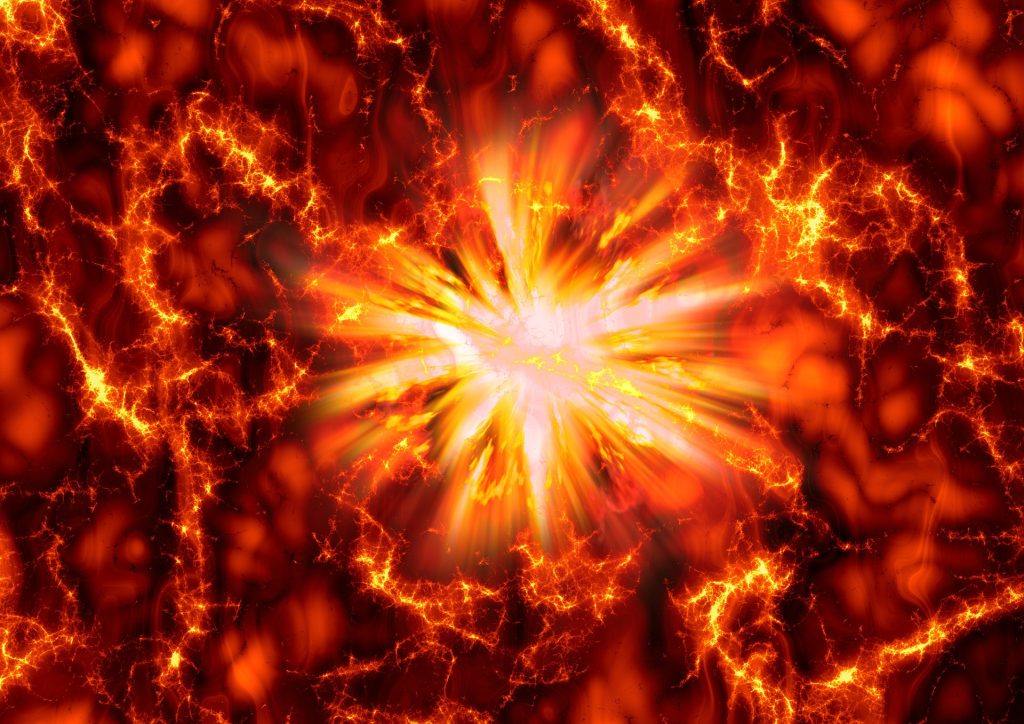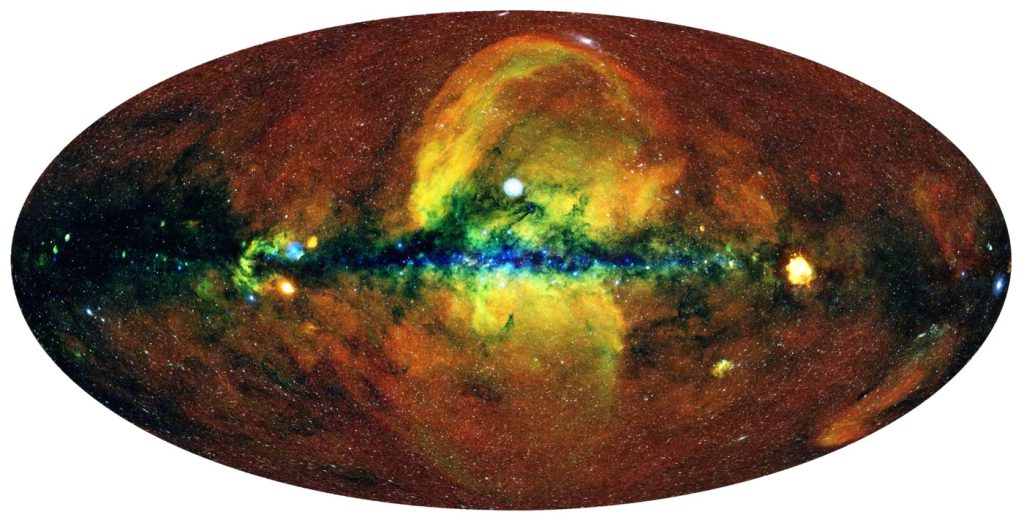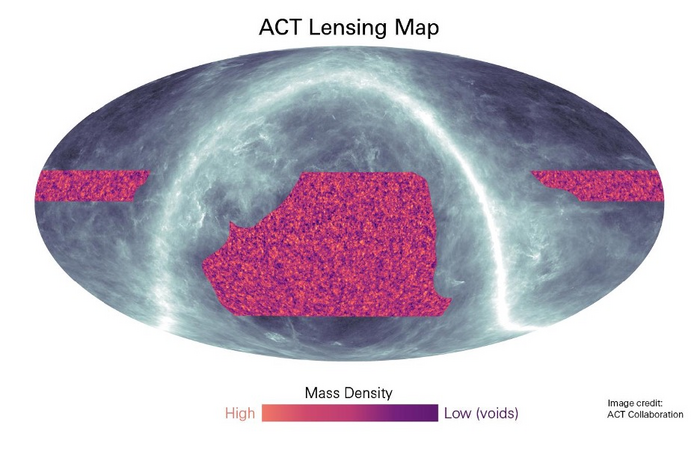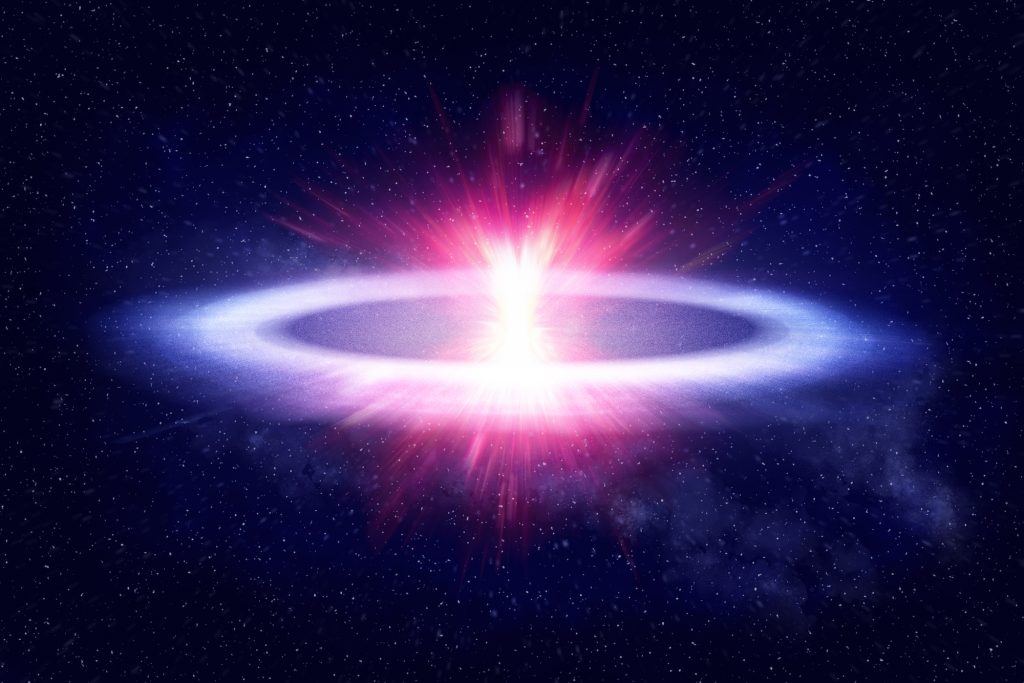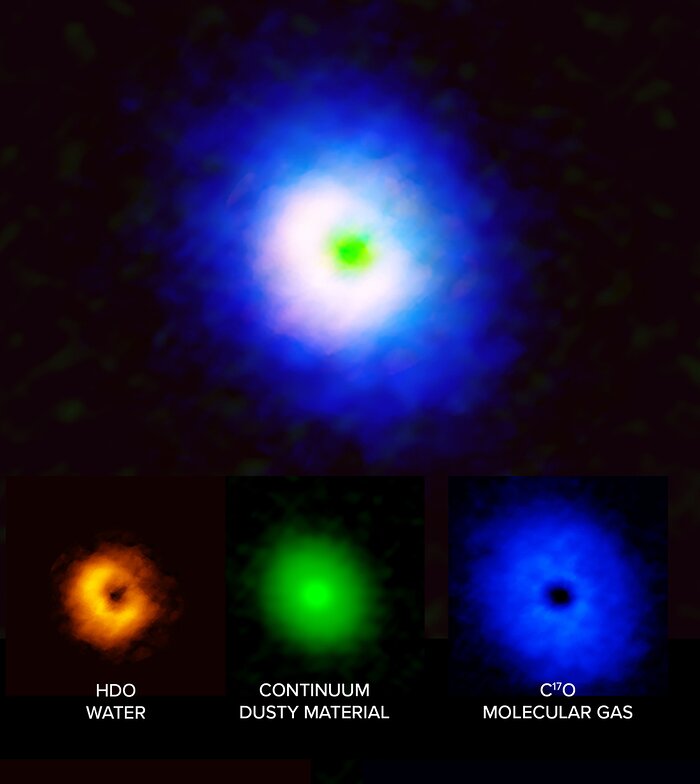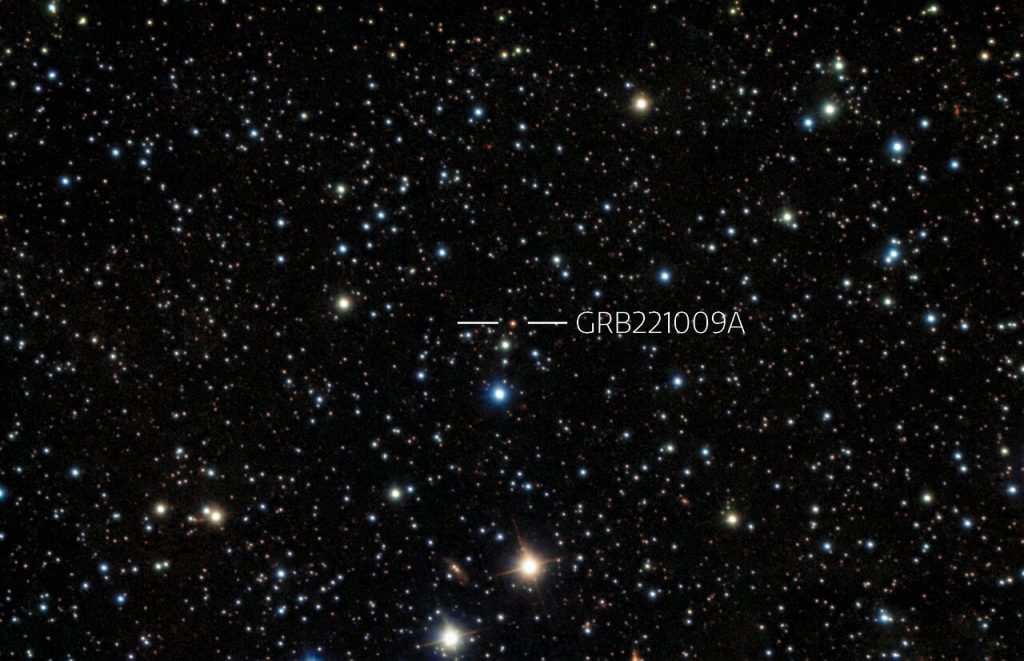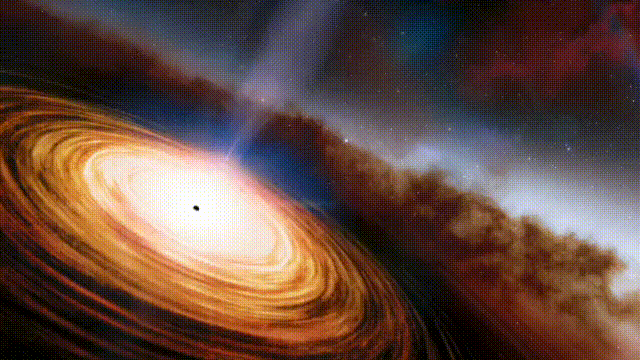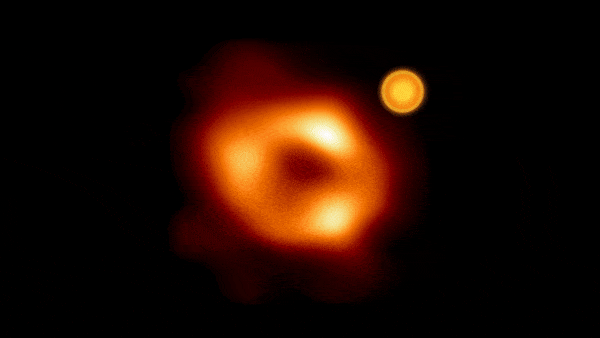In search of the asymmetry of the universe
If the universe would be symmetrical, there would be neither you nor me nor anything else - except a lot of energy. Because then matter and antimatter, which must have existed at that time (symmetry presupposed) in identical quantity, would have annihilated each other shortly after the big bang. This did not happen. Matter retained the upper hand. So we know that the universe cannot be symmetrical. But why? The physics supplies us to it - still - keone clues. Astrophysicists have therefore been looking for visual traces for a long time, which might reveal something about the nature…
